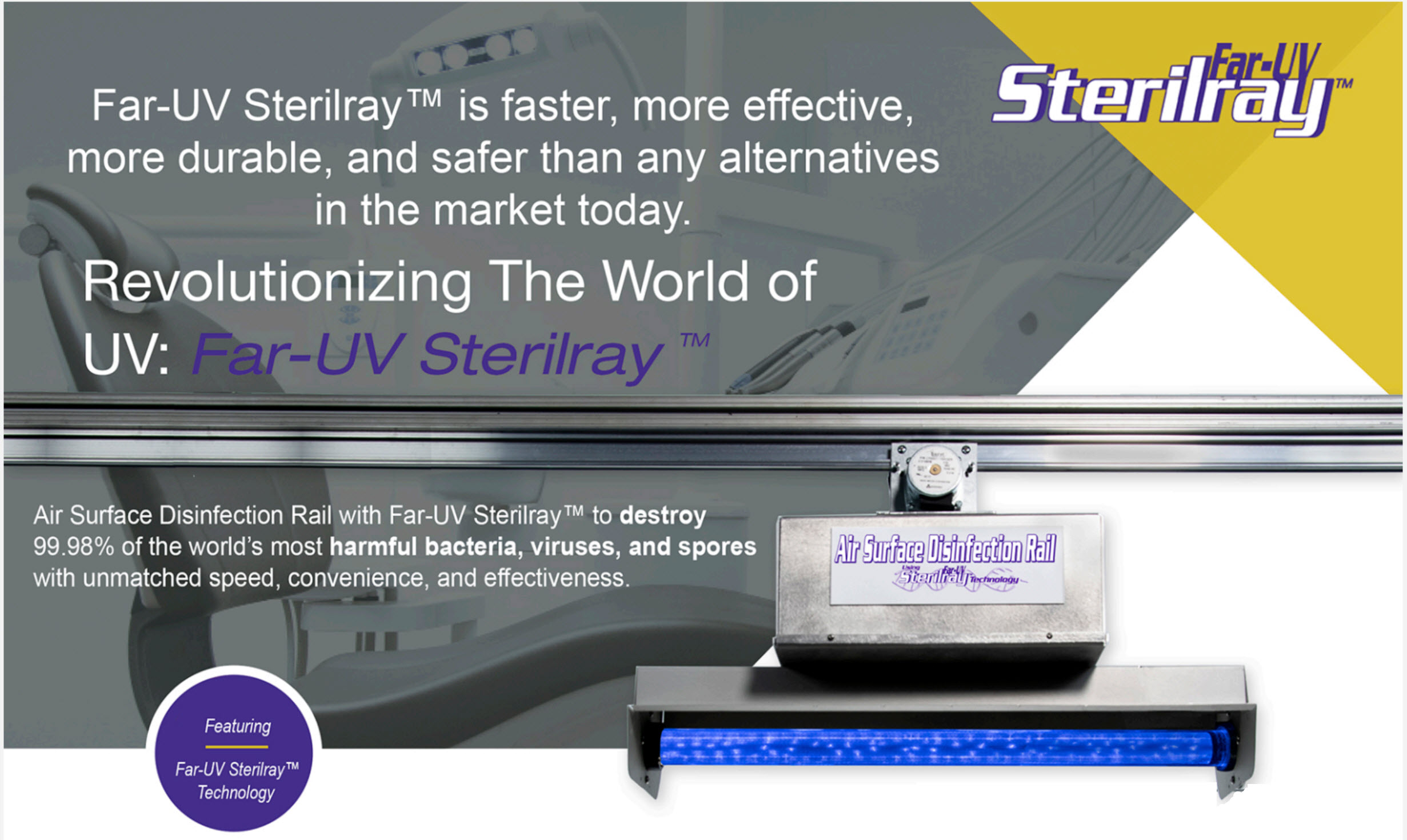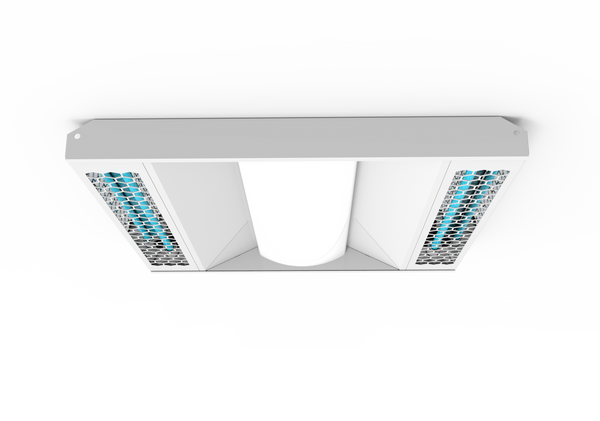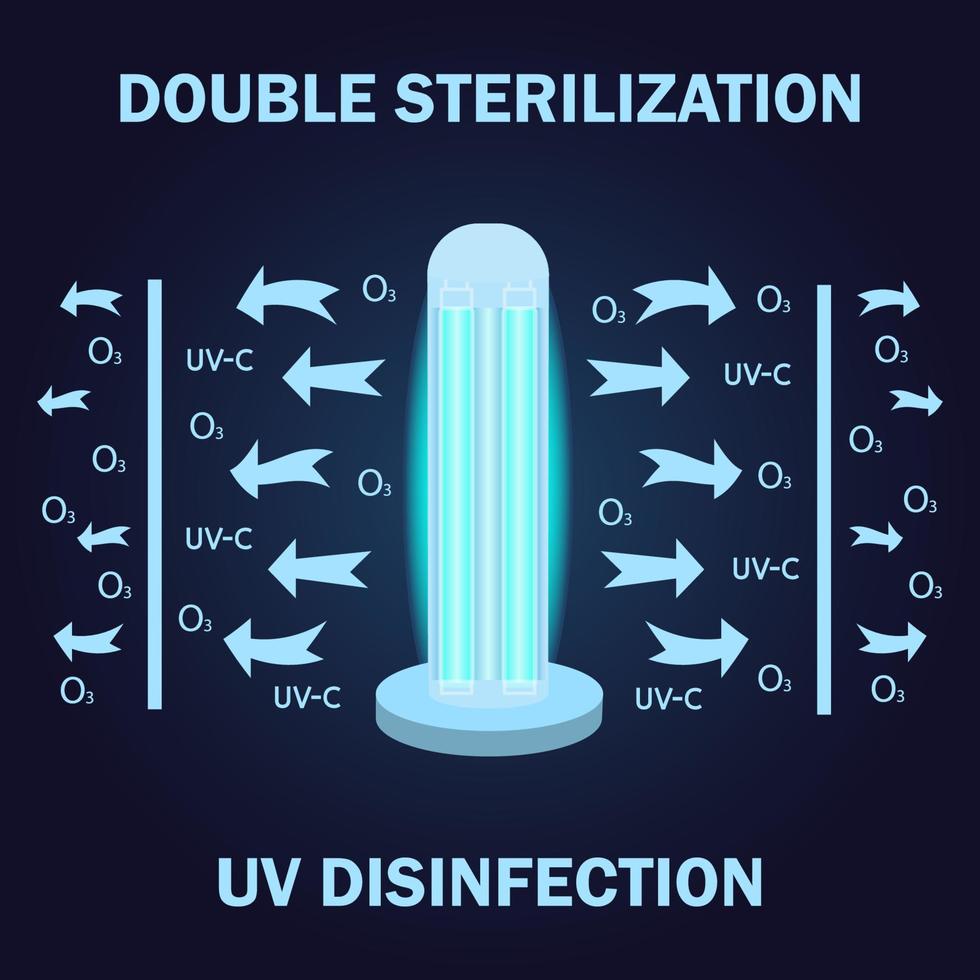UV Disinfection: The Cutting-Edge Technology Changing Sanitation Practices
In the world of hygiene techniques, one innovation has actually become a game-changer: UV sanitation. With its capacity to remove damaging pathogens, this sophisticated innovation is changing the method we come close to cleanliness and health. But just how does UV sanitation job, and what are the benefits it offers? From health care settings to food handling, UV sanitation is making its mark in numerous industries. In this discussion, we will certainly explore the intricacies of this transformative technology and look ahead to its promising future.
Exactly How UV Disinfection Functions
UV disinfection functions by using ultraviolet light to destroy or suspend microorganisms, supplying a highly reliable and chemical-free method of cleanliness. This modern technology harnesses the power of short-wavelength UV-C light, which is capable of harming the DNA and RNA of bacteria, thus making them unable to duplicate and trigger injury.
The procedure starts with the installation of UV sanitation systems, which contain UV lights that discharge UV-C light. These lights are strategically put in areas where microbial contamination is a worry, such as water treatment plants, health centers, labs, and food handling centers.
When bacteria are revealed to UV-C light, the photons permeate their cell walls and get to the DNA and RNA inside. The high-energy UV-C photons interfere with the hereditary material by producing bonds between surrounding nucleotides, leading to the development of thymine dimers. These dimers protect against the microbes from replicating, rendering them safe.
UV sanitation is very efficient against a large range of microorganisms, including microorganisms, parasites, and infections. It is especially efficient against waterborne pathogens like E. coli, Giardia, and Cryptosporidium. UV sanitation is a chemical-free approach, removing the need for potentially harmful disinfectants and reducing the risk of hazardous disinfection by-products.
Advantages of UV Sanitation
UV disinfection supplies various benefits in the field of hygiene, making it an extremely chosen technique for effectively getting rid of dangerous microbes. Unlike conventional sanitation techniques that count on chemicals, UV sanitation utilizes ultraviolet light to damage the DNA of bacteria, rendering them unable to recreate and trigger infections.

UV disinfection is likewise extremely functional in its applications. It can be used in numerous setups, including healthcare facilities, schools, food handling facilities, and water treatment plants. UV disinfection systems can be conveniently integrated into existing hygiene techniques, providing an added layer of security against contagious illness.
In enhancement to its performance and versatility, UV sanitation is also eco pleasant. It does not generate any damaging byproducts or residues, making it a safe and lasting approach for sanitation - uv surface disinfection. Additionally, UV disinfection requires minimal upkeep and has a lengthy life expectancy, resulting in cost financial savings in the lengthy run.
UV Sanitation in Health Care Settings
In medical care settings, UV disinfection has actually emerged as a groundbreaking method for successfully getting rid of unsafe microorganisms. UV disinfection works by giving off ultraviolet light at a specific wavelength that is deadly to bacteria, viruses, and other bacteria.
First of all, UV sanitation is a non-chemical technique, making it an eco pleasant alternative contrasted to standard sanitation methods that commonly include making use of harsh chemicals. Using UV light eliminates the demand for chemical disinfectants, reducing the threat of harmful residue or chemical direct exposure to both people and health care employees.
Additionally, UV disinfection is read this post here highly efficient in killing a large range of microorganisms, consisting of drug-resistant microorganisms such as MRSA and C. difficile. It gives a consistent and trusted sanitation process, making certain that all surface areas and devices are extensively decontaminated, also in hard-to-reach locations.

UV Disinfection in Food Handling
The application of UV disinfection expands beyond healthcare setups and discovers considerable value in the world of food processing. uv surface disinfection. UV sanitation technology is becoming increasingly popular in the food sector due to its ability to successfully get rid of damaging microorganisms and boost food safety
Among the main advantages of UV disinfection in food processing is its capability to target a vast array of bacteria, including microorganisms, molds, and infections. By utilizing UV light at particular wavelengths, it is possible to interfere with the DNA and RNA of these pathogens, providing them incapable to reproduce or create damage. This technology can be related to numerous stages of the food handling chain, including surface disinfection, devices sanitation, and water treatment.
UV sanitation provides a chemical-free and non-thermal method of disinfecting food. Unlike traditional disinfection techniques that rely upon chemicals or warmth, UV modern technology does not leave any type of residue or alter the preference, texture, or nutritional value of the food. This makes it an ideal remedy for industries that call for stringent adherence to quality requirements.
Furthermore, UV sanitation systems are very easy index to mount and operate, needing very little maintenance. They can be incorporated into existing handling lines without creating considerable disturbances to the production procedure. Additionally, UV systems have a fast treatment time, allowing for continuous processing and minimizing downtime.
The Future of UV Sanitation

One area where UV disinfection is expected to make considerable developments remains in the field of health care. With the surge of antibiotic-resistant microorganisms and the requirement for a lot more effective disinfection techniques, UV light has the potential to play a critical role in lowering healthcare-associated infections. UV disinfection systems can be utilized to sanitize surfaces, tools, and even the air in healthcare facilities, assisting to stop the spread of damaging virus and improve client security.
An additional sector that might take advantage of developments in UV sanitation innovation is the food industry. UV light has actually already confirmed to be an effective method for sanitizing food products and minimizing the threat of foodborne ailments. As modern technology enhances, we can anticipate to see extra economical and reliable UV disinfection systems being implemented in food handling plants, ensuring that the food we eat is risk-free and without news dangerous germs.
Final Thought
Finally, UV sanitation is an advanced innovation that is changing hygiene methods in healthcare settings and food processing. By using UV light to eliminate or shut off bacteria, it offers countless advantages such as effectiveness, safety, and efficiency. With ongoing improvements in this field, UV disinfection holds fantastic possible for the future of hygiene, supplying a reputable and lasting service for maintaining clean and sanitary environments.
UV sanitation is a chemical-free method, eliminating the requirement for potentially damaging anti-bacterials and decreasing the danger of damaging sanitation spin-offs.
Unlike conventional disinfection approaches that rely on chemicals, UV disinfection makes use of ultraviolet light to destroy the DNA of bacteria, making them not able to recreate and trigger infections. Unlike standard disinfection techniques that rely on chemicals or heat, UV innovation does not leave any kind of deposit or alter the preference, texture, or nutritional value of the food. As modern technology boosts, we can expect to see much more effective and economical UV disinfection systems being executed in food handling plants, guaranteeing that the food we consume is secure and totally free from dangerous bacteria.
In verdict, UV disinfection is an advanced innovation that is changing hygiene methods in healthcare setups and food processing.